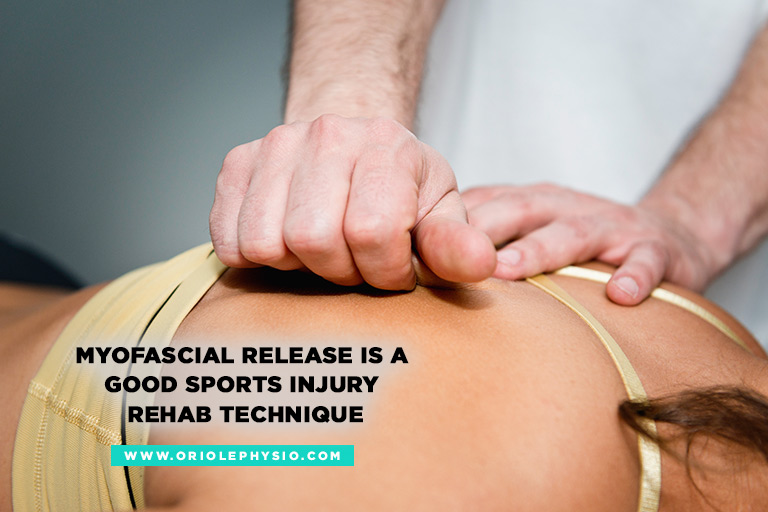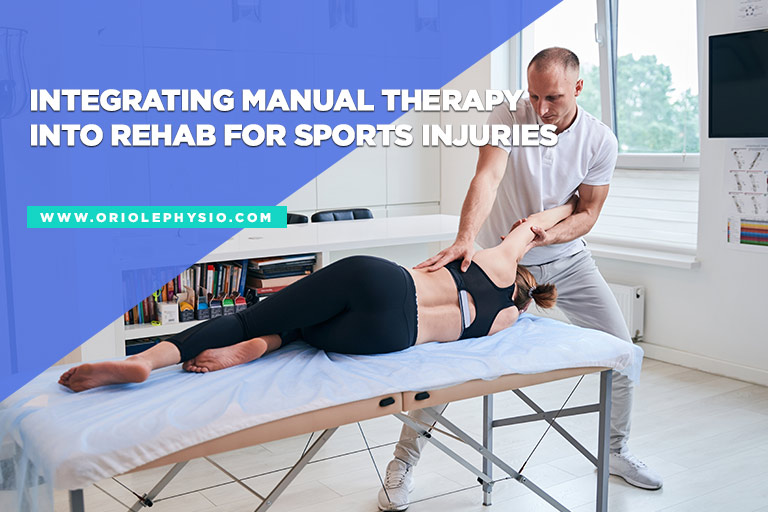Integrating Manual Therapy into Rehab for Sports Injuries
Engaging in sports comes with its exhilarating highs and, unfortunately, the occasional lows – sports injuries. Whether you’re a seasoned athlete or a weekend warrior, the road to recovery after an injury is crucial. One key player in this journey is physiotherapy, and more specifically, the integration of manual therapy. Explore here the world of manual therapy and how it seamlessly fits into rehab for sports injuries.
Understanding the Landscape of Sports Injury Rehab
Athletes, each with their unique set of challenges, require personalized and targeted approaches to recover effectively. When talking about recovery, physiotherapy also has a role, and one of its standout tools is manual therapy – a hands-on approach that works wonders. Imagine it as a skilled craftsman delicately shaping muscles, joints, and soft tissues.
It’s more than your typical exercises and stretches; it’s a hands-on adventure that dives deep into the body’s intricate machinery, making you more mobile, easing pain, and fast-tracking the healing process. This is like giving your body a personalized, expert touch for a quicker, more effective recovery.
The Physiotherapist’s Toolbox: Manual Therapy in Action
In the realm of rehabilitation, the physiotherapist’s toolbox is diverse, and manual therapy takes a prominent seat. Let’s delve into some key techniques that make manual therapy an invaluable component of rehabilitation.
- Soft Tissue Mobilization

When injured, it’s usually the soft tissues (the muscles and tendons) that often take the hit. Manual therapy is ideal for this situation, using techniques like massage and myofascial release.
Imagine it as a personalized care package for your body’s soft parts – it boosts blood flow, calms inflammation, and brings back your muscles and tendons to their best working condition. This hands-on approach serves as a foundational pillar in rehabilitation, offering relief and facilitating a speedier recovery.
- Joint Mobilization
Injuries frequently affect joint mobility, leading to stiffness and discomfort. Manual therapy techniques for joint mobilization focus on restoring the natural range of motion. Physiotherapists employ gentle and controlled movements to alleviate joint restrictions, providing athletes with increased flexibility and decreased pain. It’s a meticulous dance that aims to bring harmony back to the injured joint.
- Trigger Point Therapy
Muscle knots, or trigger points, can be persistent sources of pain and restricted movement. Manual therapy techniques, such as trigger point release, target these specific areas. By applying pressure and releasing tension in these localized muscle knots, physiotherapists help athletes regain control over their muscles, a crucial aspect of rehabilitation.
The Symbiosis of Manual Therapy and Exercise
Rehab for sports injuries is not a dichotomy between manual therapy and exercise; rather, it’s a symbiotic relationship where the two seamlessly intertwine. Manual therapy serves as the catalyst for optimal recovery, priming the body for targeted exercises that strengthen, stabilize, and prevent re-injury.
Physiotherapists design comprehensive rehab programs that integrate manual therapy sessions strategically. These hands-on sessions pave the way for more effective and pain-free engagement in rehabilitative exercises. It’s a dynamic synergy where manual therapy sets the stage, and exercise takes the lead.
Empowering Athletes through Knowledge: The Physiotherapist’s Role
Physiotherapists don’t merely administer manual therapy; they empower athletes through knowledge. Unlocking the mystery of how your body operates and discovering ways to protect it down the road is crucial. To understand this mystery, physiotherapists will serve as your trusted guides. As friendly mentors they will give you practical advice on how to take care of your body; fostering a sense of responsibility for your own well-being.
The incorporation of manual therapy into the rehabilitation process transcends mere treatment; it represents a holistic approach to recovery. Physiotherapists, equipped with their skilled hands and profound knowledge of the body, expertly navigate athletes through the intricate journey of healing. This collaborative expedition sees manual therapy and exercise harmonize, creating a process of recovery imbued with strength, resilience, and fervour for the sport.
If you’re currently treading the path to recovery post-sports injury, acknowledge that the adept hands of a skilled physiotherapist can be your most formidable allies in the pursuit of optimal rehabilitation. For personalized care and expert guidance, contact Oriole Physiotherapy and Rehabilitation Centre today at +1 (416) 221 0772. Take the first step towards a full recovery and rediscover the joy of a pain-free, active lifestyle with us.

